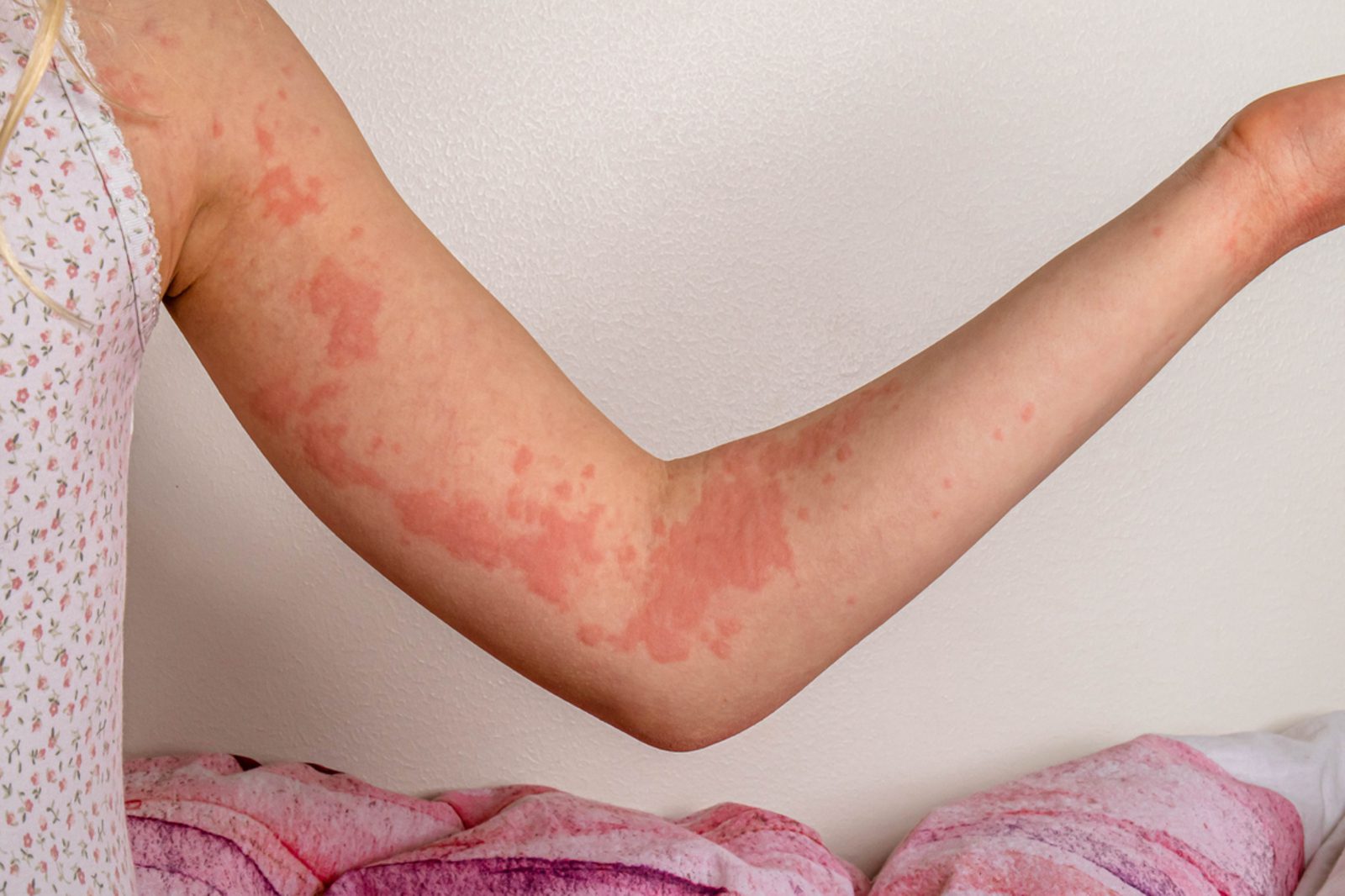Espanol
El alergólogo Juan Carlos Murillo: Ese es el motivo consulta más frecuente que vemos. la alergia a la comida y me refiero a alergia que está mediada por la immunoglobulina e que es una un tipo de anticuerpo. Ocurre generalmente de forma inmediata cuando estamos comiendo es decir estamos sentados en la mesa mientras estamos comiendo, un minuto después, de ello donde puede una variedad de síntomas como pueden ser ronchas en la piel hinchazón de los labios hinchas son de los ojos tos náusea vómito diarrea. Llama la atención lo que está ocurriendo inclusive niños pequeños. Lo que más vemos es cambios en su comportamiento y de inmediato hay que tratar a esa reacción de una forma inmediata. Eso es una reacción alérgica que siempre ocurre todas y cada una de las veces que consumamos la comida o la proteína alimenticia es decir uno no puede comer lo que uno es alérgico.
Ahora, la intolerancia son síntomas que generalmente se vienen son más directamente proporcionales a la cantidad ingerida es decir comemos un poquito, pocos síntomas comemos, mucho, muchos síntomas. Generalmente, se disfruta la comida, pero después se sufren las consecuencias.
Qué es importante la historia clínica es lo que ayuda al médico especialista en alergia inmunología para determinar qué pruebas son pertinentes y de qué forma podemos ayudar a sus acientes en una alergia verdadera mediada por la inmunoglobulina. E tenemos hoy en día sí como no se puede evitar la comida pero en medicamentos biológicos inyectables existe la inmunoterapia que puede ayudar a que estos pacientes toleren sus comidas. En el futuro para las intolerancias tenemos otro tipo de pruebas y siempre la meta es mejorar la calidad de vida del paciente i.
English Translation
Allergist Juan Carlos Murillo, MD: That is the most frequent reason for consultation that we see for food allergy and I am referring to an allergy that is mediated by immunoglobulin E, which is a type of antibody. It generally occurs immediately when we are eating, that is, we are sitting at the table while we are eating, a minute after it, where a variety of symptoms can appear, such as hives on the skin, swelling of the lips, swelling of the eyes, cough, nausea, vomiting, diarrhea. It is striking what is happening, even in small children. What we see most is changes in their behavior and immediately we have to treat that reaction immediately. That is an allergic reaction that always occurs each and every time we consume food or food protein, that is, one cannot eat what one is allergic to.
Now, intolerance are symptoms that generally come and are more directly proportional to the amount ingested, that is, we eat a little, few symptoms, we eat a lot, many symptoms. Generally, we enjoy the food, but then we suffer the consequences.
What is important is the clinical history, it is what helps the allergy specialist in immunology to determine which tests are pertinent and what in this way we can help your patients with a true allergy mediated by immunoglobulin. And today we have yes, as you cannot avoid food but in injectable biological medications, there is immunotherapy that can help these patients tolerate their foods. In the future for intolerances we have other types of tests, and the goal is always to improve the quality of life of the patient.
See other videos
Resource Type: Video | Food Allergies
